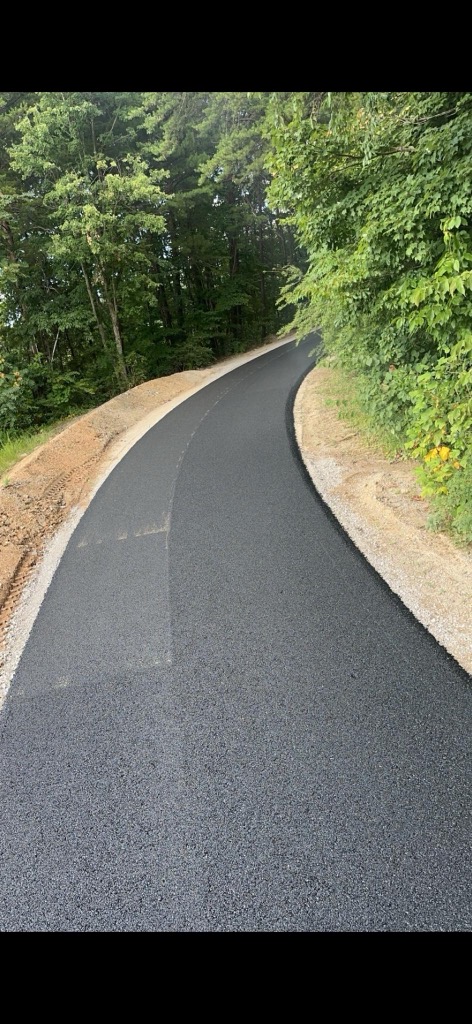
The Evolution of Asphalt: From Traditional Techniques to Modern Innovations Nov 15, 2025
The journey of asphalt paving began in the early 8th century, when natural asphalt deposits were used for roads in ancient Babylonia. These early applications were rather basic, relying on the natural stickiness of asphalt to bind stones. Over time, asphalt's value as a durable and waterproof material gained recognition, leading to broader adoption across the globe.
Fast forward to the 19th century, technological advancements ushered in a new era for asphalt paving. The invention of the first asphalt mixing machine marked a turning point, enabling more efficient production and application. This innovation allowed for the creation of smoother, more uniform surfaces and the ability to pave longer stretches of road in less time, laying the foundation for modern road infrastructure.
In the early 20th century, the demand for better roads surged with the rise of the automobile. This period saw asphalt becoming the preferred material for paving due to its affordability and performance. Engineers began experimenting with different compositions, blending aggregates with asphalt to enhance strength and durability. Techniques improved further with the development of hot mix asphalt, which offers superior load-bearing capabilities and longer life spans.
Today, the asphalt industry faces new challenges and opportunities. Environmental considerations have become paramount, prompting the development of eco-friendly asphalt alternatives. This modern evolution is characterized by innovations like recycled asphalt pavement (RAP), which aligns with sustainable practices by reusing existing materials, reducing waste, and lowering production costs.
Moreover, technological advances have brought smart asphalt solutions to the forefront. New materials incorporating nanotechnology and self-healing properties are changing how we think about long-term road maintenance. Self-healing asphalt, for example, uses embedded microcapsules that release a healing agent when cracks begin to form. This innovation could dramatically extend the lifespan of roads, minimizing the need for frequent repairs.
Another exciting development is the use of porous asphalt, which improves road safety by allowing water to drain through the surface, reducing splash and spray during wet conditions. This advancement not only enhances driver safety but also mitigates environmental impact by controlling stormwater runoff.
At Metzler Paving and Sealcoating, we embrace these modern innovations while honoring the tried-and-true techniques that have built our industry's foundation. Our commitment to quality and sustainability ensures that our clients benefit from the latest in paving technology.
In conclusion, the evolution of asphalt is a testament to human ingenuity, reflecting a blend of historical knowledge and modern engineering. As we look to the future, Metzler Paving and Sealcoating is dedicated to adopting cutting-edge technologies that not only improve performance but also promote sustainability. By understanding and leveraging these advancements, we continue to provide superior solutions for all your asphalt and paving needs, paving the way for a more resilient and sustainable infrastructure.
/filters:no_upscale()/media/0b35d6b3-7099-4ca6-9c96-0cc0c50c7773.jpeg)
/filters:no_upscale()/filters:format(webp)/media/486208ed-3849-4222-8dee-bdb26759a753.jpeg)